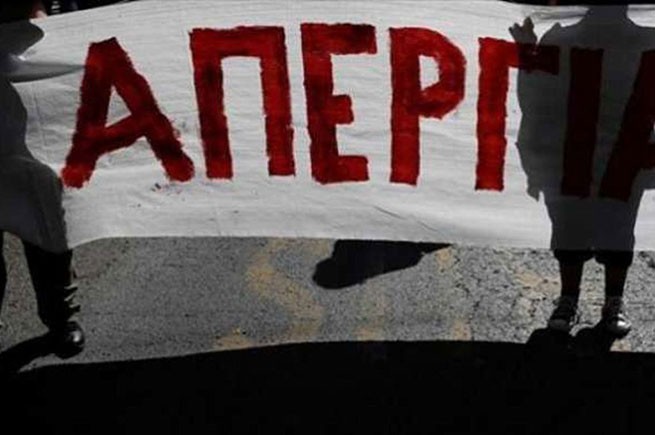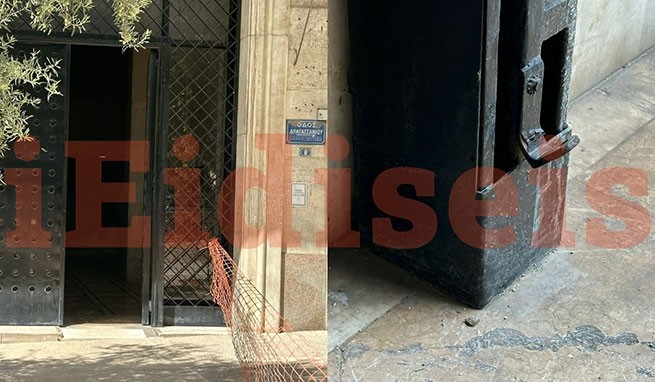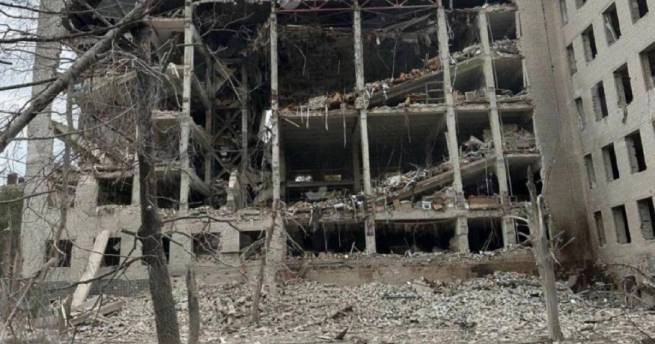The number of people injured in the Russian strike on the Institute of Communications in Poltava has risen to 271, and the number of those killed has risen to 51. Ukrainian President Volodymyr Zelensky announced this yesterday evening:
“Rescue work is still ongoing – they are clearing away the rubble. All services have been involved. As of this time, the number of injured is 271. Everyone is receiving the necessary assistance. I am grateful to all the rescuers, doctors, nurses, all the Poltava residents who joined in the assistance, donated blood, who are supporting. It is known that there are people under the rubble of the destroyed building. Everything is being done to save as many lives as possible. According to the information we have now, this Russian strike killed 51 people.”
During the night, rescuers recovered the body of another person killed in the Russian strike on an educational institution in Poltava on September 3, bringing the death toll to 52. The victims were mostly cadets and soldiers. The Russian Armed Forces fired ballistic missiles at Poltava, most likely Iskanders. Russian media are rejoicing at the “hundreds of dead because the cadets were lined up on the parade ground.” They are echoed by Maryana Bezuglaya, who probably belongs in Solovyov's studio.
In fact, the essence of the matter does not change the fact whether there was a construction at the Poltava Institute of Communications* or not (there is an investigation underway, and the results will be made public, in September there will probably be an answer to this question). The point is different. The strike hit a military facility used for military purposes since Soviet times. Military units, military educational institutions, military hospitals, warehouses, communication centers, etc. that remained in Ukraine from the USSR are on Russian maps, and since the beginning of the war they have been potential targets for missiles, writes Volyamedia.
The Ukrainian military knows about this, but very often continues to use them for their intended purpose. What is this – a hope for “maybe”? But sometimes it is a forced measure, as with many hospitals and hospitals that cannot be moved to a safe territory or reliably covered by air defense. This is exactly the story with two facilities in Poltava. Both the hospital and the Institute of Communications simply could not be moved anywhere, there are no funds, no time, no intelligible systemic decision on the part of politicians, not the military.
The transfer of military educational institutions to the western Ukraine, which is more protected from shelling, is rather a task for civilian authorities. It is more difficult with hospitals; they are needed where they are. And the only way to protect them is to reliably cover them with air defense. There is not enough air defense in principle, and besides, the effectiveness of anti-aircraft missile systems against Russian ballistic missiles is significantly lower than against cruise missiles.
How, apart from building up air defense and moving what can be moved to the west of the country, can the number of missile hits be reduced, specifically on military targets in Ukraine? By working with the population, or rather, with that part of it that helps the Russians target Ukrainian military personnel.
“Controversial” people and those who sympathize with the Russian Federation without taking any action (out of fear of punishment) among the civilian population of Ukraine, according to estimates of the publication's interlocutors in the Armed Forces of Ukraine, make up almost a fifth. Those who actively help (send coordinates, photos and videos, monitor military, industrial or infrastructure facilities) number several hundred, perhaps thousands. They are caught, tried, and imprisoned for long periods. But new ones come to replace those imprisoned. And not because the FSB or SVR are great at creating agent networksbut for much simpler and at the same time more complex reasons.
According to Ukrainian security forces involved in catching collaborators, they mainly consist of representatives of two social groups:
- The first group are men and women aged 37 to 55 with an unsettled life. Before the war, they were employed in low-paid jobs or got by with odd jobs.
- The second group is young people from 16 to 25 years old.
Both are united by an enthusiastic attitude towards the USSR, despite the fact that both either did not live at that time or only experienced it in childhood and adolescence. These people mythologized the Soviet past, which in their minds turned into paradise – with penny prices, delicious ice cream and pioneer clubs.
Helping the Russian Federation for them is tantamount to restoring the USSR, but not the real one, but the one they invented. Their ideas about history are fragmentary and distorted. But the question is not what to do with their education, but how to stop them. It will not be possible to catch them all. Much more complex solutions are needed, the implementation of which will require time, money and effort. This is work for politicians, and not just for the SBU and military counterintelligence.
*Poltava Military Institute of Communications is a higher military educational institution of Ukraine. It trained officers with higher military-specialized education for units of the ground forces' communications troops.
Early this morning, Russia launched a strike (video) in Lviv region. Seven people, including 3 children, died and another 35 were injured.







More Stories
White House acknowledges Zelensky's peace plan "realistic" and ponders his contribution to it (video)
WSJ: 1 million people killed or wounded in the war in Ukraine
Biden did not authorize long-range missile strikes on Russia